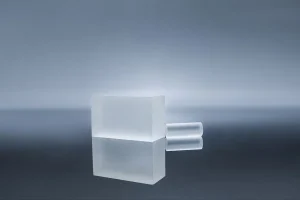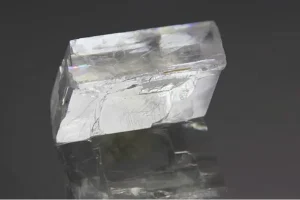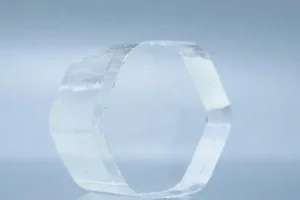Introduction to LiIO3 Crystals in Electro-Optic Modulation
Electro-optic modulation, a critical technology in modern optical communication systems, plays a vital role in enabling high-speed data transmission by allowing the conversion of electrical signals into optical signals. Within this technology, Lithium Iodate (LiIO3) crystals stand out as a preferred material. Renowned for their unique electro-optic properties, LiIO3 crystals are widely used in electro-optic modulators.
Their exceptional characteristics, such as high-speed modulation performance, stability, and cost-effectiveness, make them an attractive choice for various applications. Unlike other materials, LiIO3 crystals offer better thermal stability and are less prone to photorefractive damage, further cementing their position as a leading material in the field of electro-optic modulation. Whether in telecommunications, medical imaging, or other photonics applications, LiIO3 crystals continue to demonstrate their versatility and superiority.
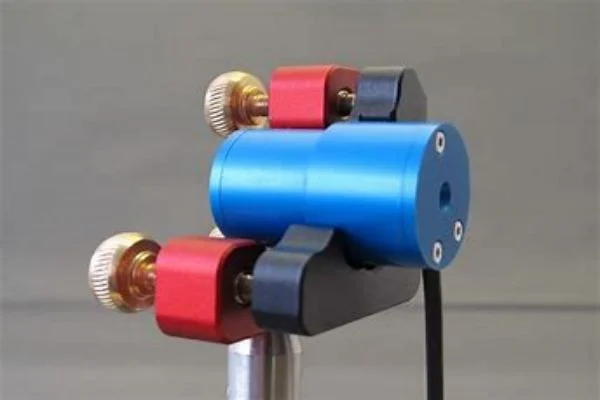
Advantages of Using LiIO3 Crystals
The utilization of LiIO3 crystals in electro-optic modulators presents a multitude of advantages that set them apart from other materials, making them a preferred choice in various applications. One of the most prominent benefits is their high-speed modulation performance. LiIO3 crystals are known for their rapid response to electric fields, a characteristic that is essential for applications requiring quick signal conversion. This high-speed response is not just a theoretical advantage; it translates into real-world efficiency, enabling faster data transmission and more reliable communication in industries ranging from telecommunications to medical imaging.
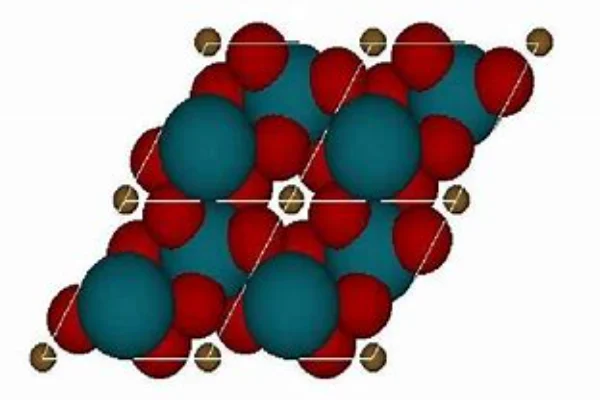
Furthermore, LiIO3 crystals are celebrated for their stability and reliability. Unlike some other materials that might degrade or change properties over time, LiIO3 crystals maintain their characteristics, ensuring consistent performance. This stability is not merely a matter of convenience; it’s a critical factor in applications where precision and reliability are paramount. In medical imaging, for example, the consistent performance of LiIO3 crystals can translate into clearer images and more accurate diagnoses. In telecommunications, it means more robust connections and fewer dropped calls or lost data packets.
But the advantages of LiIO3 crystals don’t stop at performance. They also extend to the economic realm. Compared to other materials that might offer similar electro-optic properties, LiIO3 crystals are relatively affordable. Their cost-effectiveness is not a minor consideration in a world where budgets are always a concern.
By choosing LiIO3 crystals, manufacturers can keep costs down without sacrificing performance, making them an attractive option for various applications. This cost-effectiveness also opens doors to smaller companies and researchers who might not have the budget for more expensive materials, fostering innovation and growth in the field of electro-optic modulation.
The combination of high-speed modulation performance, stability, reliability, and cost-effectiveness makes LiIO3 crystals a compelling choice. Whether in cutting-edge research or everyday commercial products, these characteristics translate into tangible benefits. They enable faster, more reliable communication; they ensure that devices work as intended year after year; they make advanced technology accessible to a broader audience.
In a world increasingly reliant on fast, dependable, and affordable technology, the advantages of LiIO3 crystals are not just theoretical concepts; they are practical benefits that have a real impact on our daily lives. By understanding and leveraging these advantages, we can continue to push the boundaries of what’s possible in electro-optic modulation and beyond, creating new opportunities and improving existing technologies.
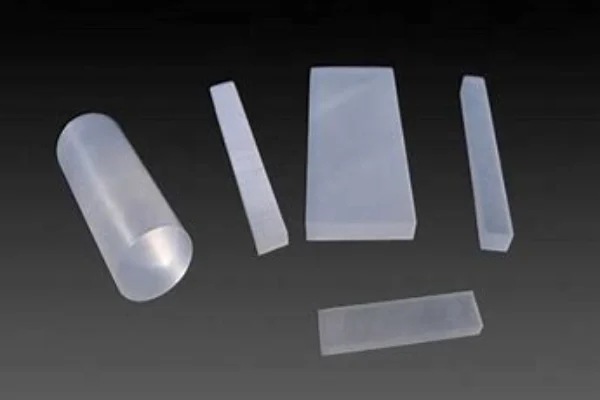
Comparison with Other Modulator Materials
In the realm of electro-optic modulators, the choice of material is a critical decision that can significantly impact the overall performance and efficiency of the system. Among the various options available, LiIO3 crystals have emerged as a preferred choice for many applications. To understand why this is the case, it’s essential to compare LiIO3 with other popular materials, such as Lithium Niobate (LiNbO3) and various organic materials.
Starting with the comparison between LiIO3 and LiNbO3, both of these materials are widely used in electro-optic modulation. However, LiIO3 offers distinct advantages that set it apart. One of the most notable differences is in thermal stability. In applications where temperature fluctuations are common, the thermal stability of LiIO3 ensures that the material’s properties remain consistent, leading to more reliable performance.
This is not just a minor technical detail; it can have real-world implications. For example, in telecommunications, where signals are often transmitted over long distances and through various environmental conditions, the thermal stability of LiIO3 can mean the difference between clear communication and lost or distorted signals.
Furthermore, LiIO3 is less prone to photorefractive damage compared to LiNbO3. Photorefractive damage can lead to changes in the material’s properties, affecting its performance over time. By being less susceptible to this type of damage, LiIO3 offers a longer lifespan and more consistent performance throughout its usage. This translates into lower maintenance costs and less frequent replacement, contributing to the overall cost-effectiveness of the system.
When comparing LiIO3 to organic materials, another set of considerations comes into play. Organic materials are known for their high electro-optic coefficients, which can make them attractive for certain applications. However, this advantage is often offset by challenges in stability and fabrication. Organic materials can be more sensitive to environmental conditions, leading to degradation over time. This lack of stability can result in inconsistent performance, requiring more frequent calibration or replacement.
On the other hand, LiIO3 crystals offer superior stability, maintaining their properties even under challenging conditions. This stability extends to the fabrication process as well. While organic materials may require specialized equipment or conditions for fabrication, LiIO3 can be more easily manufactured, leading to lower production costs. This ease of fabrication also means that LiIO3 can be more readily adapted to various applications, from cutting-edge research to commercial products.
The comparison between LiIO3, LiNbO3, and organic materials is not merely a theoretical exercise. It has practical implications for everything from the design of new technologies to the cost and efficiency of existing systems. By understanding the unique characteristics of LiIO3 and how they compare to other materials, we can make more informed decisions that lead to better outcomes.
In conclusion, the choice between LiIO3, LiNbO3, and organic materials is not a simple one-size-fits-all decision. It requires a nuanced understanding of the specific requirements of the application and the unique properties of each material. However, through careful analysis, it becomes clear that LiIO3 offers a compelling combination of advantages. Its thermal stability, resistance to photorefractive damage, superior stability compared to organic materials, and ease of fabrication make it a versatile and reliable choice for a wide range of applications. Whether in the development of new technologies or the optimization of existing systems, the choice of LiIO3 can lead to more efficient, reliable, and cost-effective solutions, driving innovation and progress in the field of electro-optic modulation.
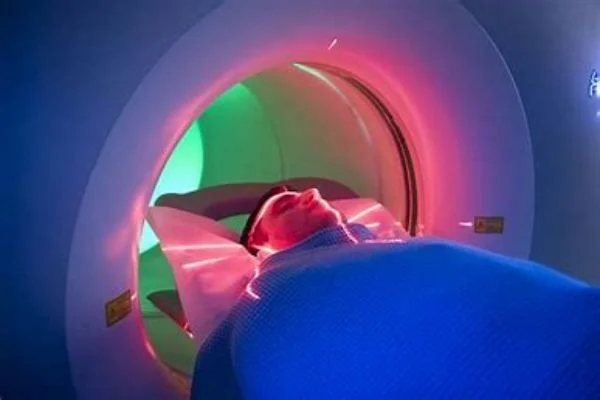
Applications of LiIO3 in Electro-Optic Modulators
The applications of LiIO3 crystals in electro-optic modulators are vast and varied, spanning multiple industries and technologies. Two of the most prominent fields where these crystals have made a significant impact are telecommunications and medical imaging.
In the telecommunications industry, the need for high-speed data transmission is paramount. As our world becomes increasingly connected, the demand for faster, more reliable communication continues to grow. Here, LiIO3 crystals play a crucial role. Their high-speed modulation performance enables the rapid conversion of electrical signals into optical signals, facilitating high-speed data transmission. This is not just a matter of convenience; it’s a necessity in a world where every millisecond counts. Whether it’s a financial transaction happening across continents, a video call connecting loved ones thousands of miles apart, or a critical piece of data being sent to a remote research station, the speed and reliability of data transmission can make a significant difference.
The use of LiIO3 crystals in telecommunications is not just about speed; it’s also about quality. By enabling faster signal conversion, these crystals help reduce signal degradation, leading to clearer, more accurate communication. This can mean the difference between a crystal-clear video call and a pixelated image, a seamless online gaming experience and frustrating lag, or a secure financial transaction and a potential security risk. In this way, LiIO3 crystals are not just improving the speed of our communication; they’re also enhancing its quality, making our connected world more reliable and secure.
On the other hand, in the field of medical imaging, the use of LiIO3 crystals is revolutionizing the way we see and understand the human body. Medical imaging devices, such as CT scanners, MRI machines, and ultrasound equipment, rely on precise control and high-quality images to diagnose and treat a wide range of conditions. Here, the unique properties of LiIO3 crystals come into play. Their stability and reliability ensure consistent performance, leading to clearer, more accurate images. This can have a direct impact on patient care, enabling earlier detection of diseases, more accurate diagnoses, and more effective treatments.
Moreover, the use of LiIO3 crystals in medical imaging is not just improving patient care; it’s also advancing medical research. By providing high-quality images, these crystals are helping researchers gain a deeper understanding of the human body, leading to new discoveries and innovations. Whether it’s exploring the intricacies of the human brain, studying the development of diseases, or testing new treatments, the use of LiIO3 crystals in medical imaging is pushing the boundaries of what’s possible in medicine.
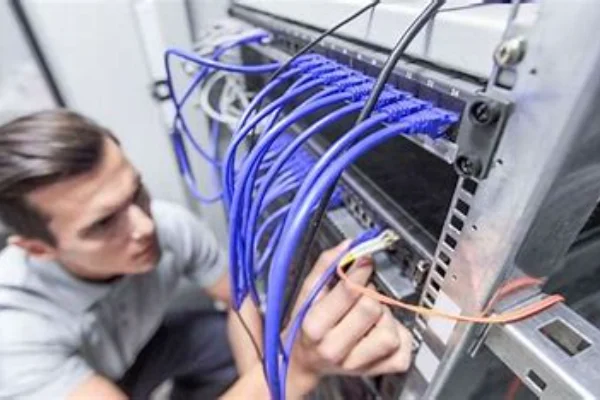
Figure 5. Modern optical communication system
Conclusion
Choosing LiIO3 crystals for electro-optic modulators is a decision backed by their high-speed modulation performance, stability, reliability, and cost-effectiveness. Their superiority over other modulator materials further cements their position as a preferred choice in various applications.
FAQs
- Q: What are the main applications of LiIO3 crystals in electro-optic modulators?
A: They are primarily used in telecommunications and medical imaging. - Q: How do LiIO3 crystals compare to LiNbO3 in electro-optic modulators?
A: LiIO3 offers better thermal stability and is less prone to photorefractive damage. - Q: Are LiIO3 crystals expensive?
A: Compared to other materials, LiIO3 crystals are relatively affordable. - Q: What makes LiIO3 crystals suitable for high-speed modulation?
A: Their rapid response to electric fields enables quick signal conversion. - Q: Can LiIO3 crystals be used in other applications besides electro-optic modulators?
A: Yes, they are also used in nonlinear optics and other photonics applications.


